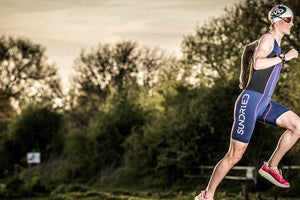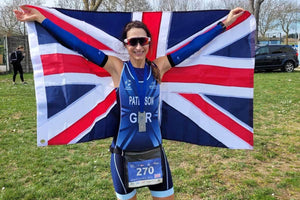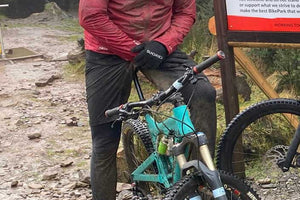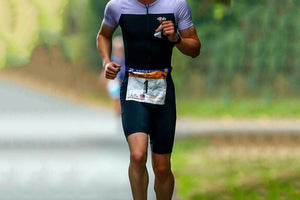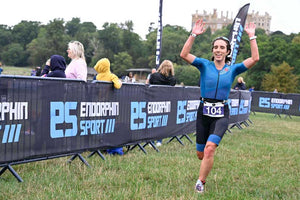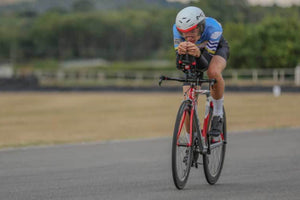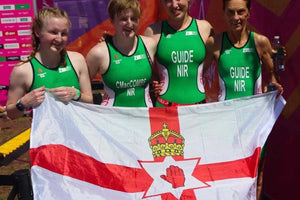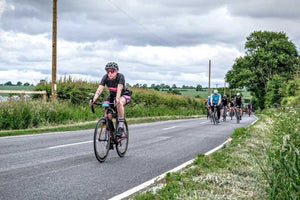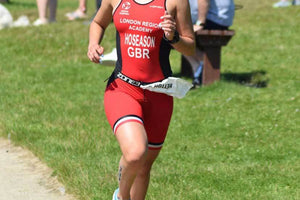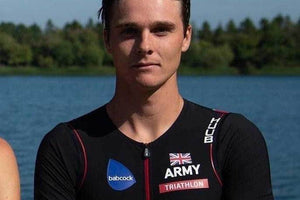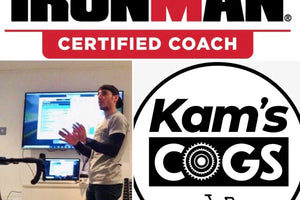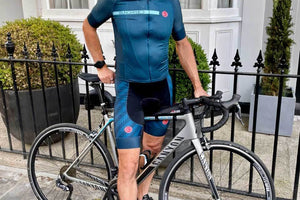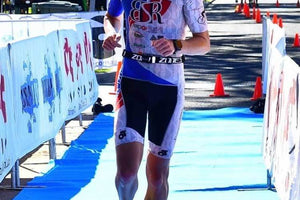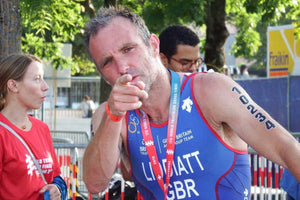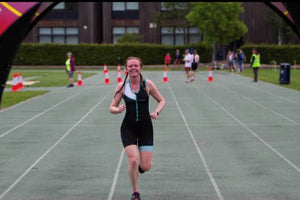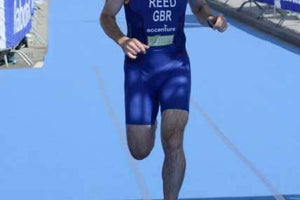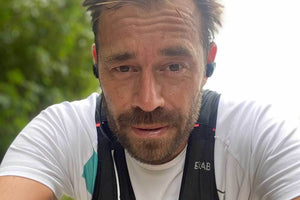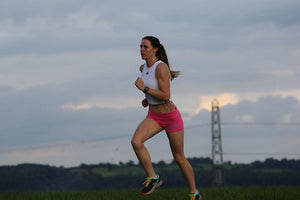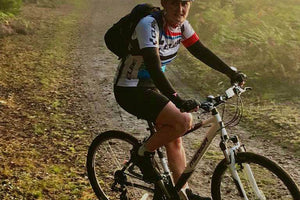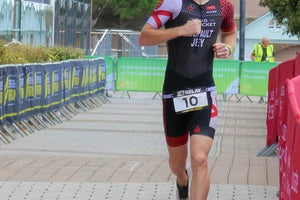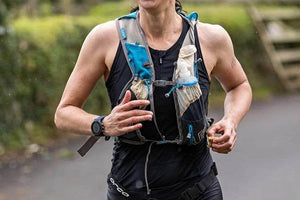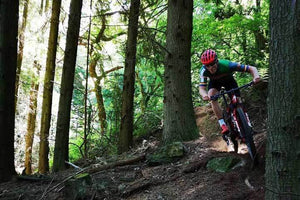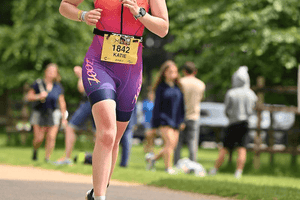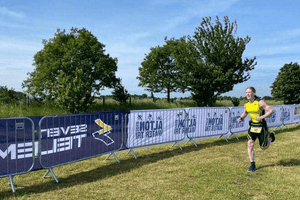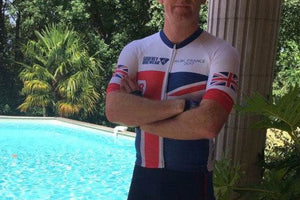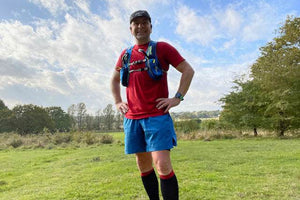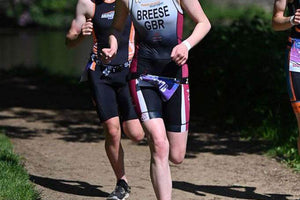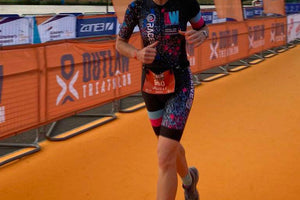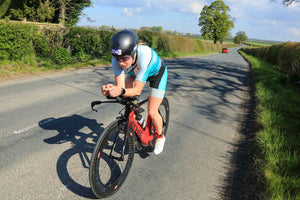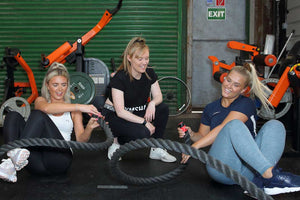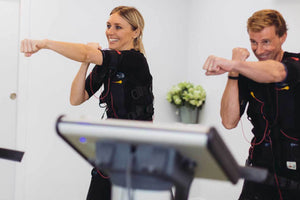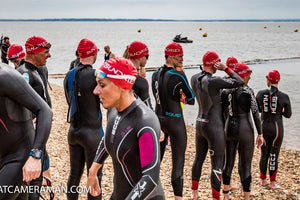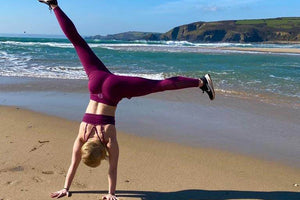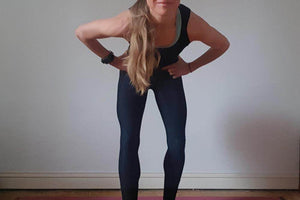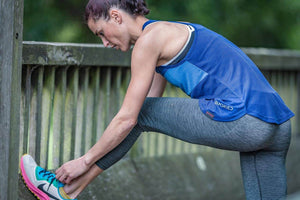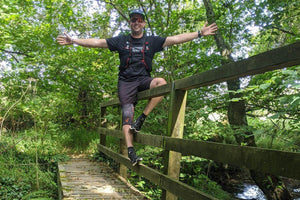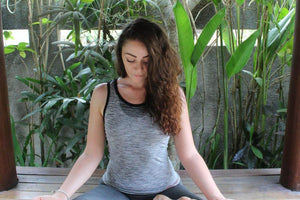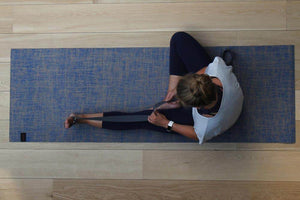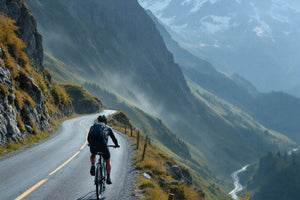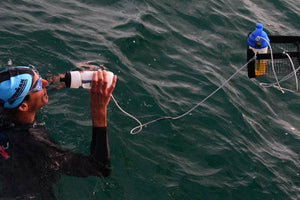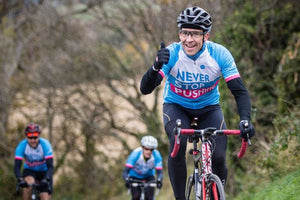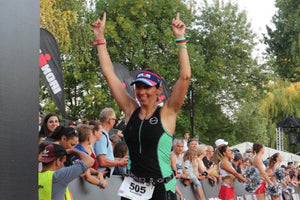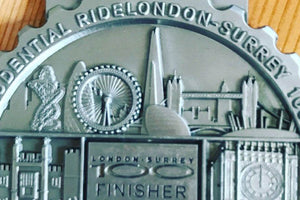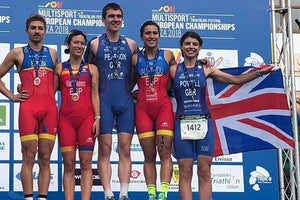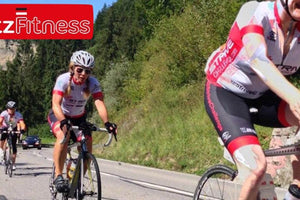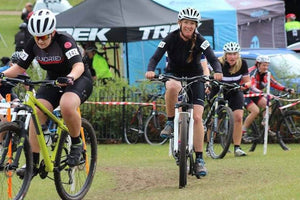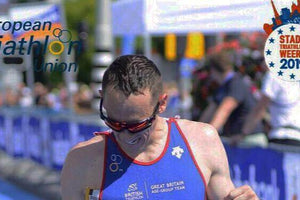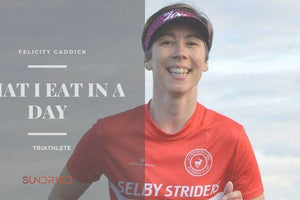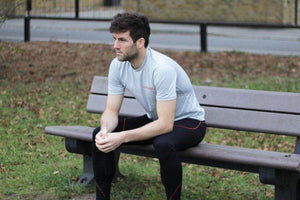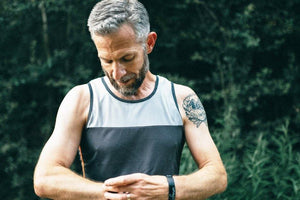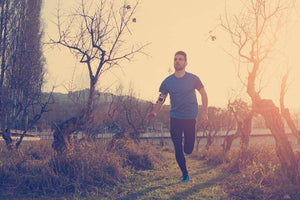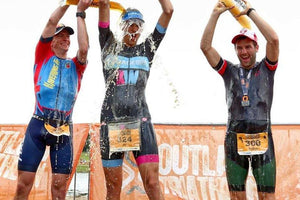
In my Q&A with Sundried, I stated that riding the Tour Aotearoa in New Zealand was one of my main goals for 2020 so I thought it was time for an update.
Well, how lucky was I? I did complete the event, 7 days before New Zealand went into total lockdown and I had a truly superb adventure on the way. Riders still out on the route when lockdown begun had to abandon, some with only a couple of days to go. So, what exactly is this event, how did I prepare for it and how did my Sundried kit perform? You too could take on a challenge this big with a bit of preparation and this may give you some ideas. I am a V60 athlete so I offer this advice from that perspective and not necessarily a 24 year-old racing snake!
The Tour Aotearoa (TA) is billed as one of the world’s great bike-packing trips. It stretches 3,000 km from Cape Reinga at the top of the North Island to Bluff at the southern tip of the South Island. It follows a mix of cycle trails, gravel roads, surfaced roads and technical single track and in all has 40,400 m of accent - so flat it is not!
The route also requires 5 boat trips which adds to the uniqueness of the event and indeed, the logistics of planning stages. These include a 40-minute transfer on a jet boat – the only way out at the end of quite a technical stage – the 3 to 4 hour ferry between the North and South islands and the iconic TSS Earnslaw steamer across Lake Wakatipu from Queenstown.
Most of the route is dramatic and some of the New Zealand Cycle Trails (Maori – Nga Haerenga - ‘the journeys’) have to be seen to be believed. In particular, the Timber Trail, which has 35 bridges including 8 huge suspension bridges up to 140m in length and 60m above the valley floor. And all of this has been built only for the use of walkers and cyclists – what a country!
The TA route is open to the public all year round but starting in 2016, with repeats in 2018 and 2020, Jonathan Kennett, the originator of the route, decided to offer the ride as a mass participation event. There are no rules as such apart from the fact that you must not have support and the ride must be completed within 30 days. There is also no entry fee but all entrants have to pay their carbon offset for getting to and from the event (£159 from UK) and make a $100 donation to a charity of your choice. I like the ethos of this and of course, cycling is a perfect carbon neutral activity.
To spread the riders out a bit there were a choice of start dates in February and March and I opted for one of the earlier dates on 20th February. With the ensuing lockdown, that proved to be a good choice.
The first stage is unique – the instructions in the route guide state ‘Left onto Ninety Mile Beach. The sand is hard 3 hours before low tide to 4 hours after low tide. Carry enough water for several hours of riding!’ It is actually 80 km before you turn off the beach but what a start to a 3,000 km bike ride. It is up to individual riders to plan their distances each day but you must follow the set route. All riders must have a tracker so that your progress can be followed and for use in an emergency. Unfortunately, a few riders did have to push the ‘red rescue button’ and there were a couple of helicopter rescues needed.
Good preparation is essential. You need a bike that is well maintained and up to the job of handling rough terrain whilst loaded with luggage. I used a KTM Myroon Master hardtail mountain bike and Apidura bike-packing luggage. My tent, sleeping bag and sleep mat are all ultra-lightweight and worth spending money on. I take a good, light, toolkit and a minimum of spare clothes/kit. Get it as light as possible – you will be glad you did when you hit the first hill.
It doesn’t matter how good all this is though if you try to ride in cheap, worn out kit. Bib shorts are THE most essential piece of kit – good shorts = happy bum = fun ride! I tried several different pairs and did a lot of my training in Sundried Century bib shorts but my ‘go-to’ shorts for my longer rides, quickly became my Sundried Cadence Pro bib shorts. I am not just saying this as an ambassador but they are the best long-distance shorts I have ever worn. I took 2 pairs with me on the TA but wore a single pair for 24 out of the 25 days it took me to complete the ride so they must be good. (I did wash them each day! - remember – happy bum.)
I opted for the Century short sleeve shirt as this has a less open fabric than the Cadence Pro shirt that I also have. Sunburn through the fabric on the first day is not fun and a real risk that many overlook. That is why pro riders slap on the sunscreen under their shorts and shirts. My other Sundried kit was leg and arm warmers, fingerless gloves and socks. I also took a pair of the Bandit MTB shorts for wearing off the bike. Warm kit was not needed but I did have a Sundried Cadence Gilet and an ultra-light waterproof.

Once the training is done, the bike is all serviced and the kit is just right, don’t then blow it by putting in 3 days of mega miles when there are 25 days to go! Plenty do! Are you out to race it or are you out to enjoy it? If it is a race, yes, you need to start hard, but if you are on a ride of a lifetime, start easy and build up. Ride to how you feel and most people are capable of much greater distances than they ever thought possible.
I have recently heard that there is a 2021 edition of the TA planned (largely because so many had to abandon this year) but with current NZ restrictions unlikely to be relaxed any time soon, it is unlikely it will be an option for UK-based riders. 2022 however, gives a good time to save up and prepare – best order some Cadence Pro bib shorts now.
Happy cycling!
About the author: Stephen Dunnett is a Sundried ambassador who enjoys exciting, adventurous events and has completed trail marathons and cycle adventures across the globe.



